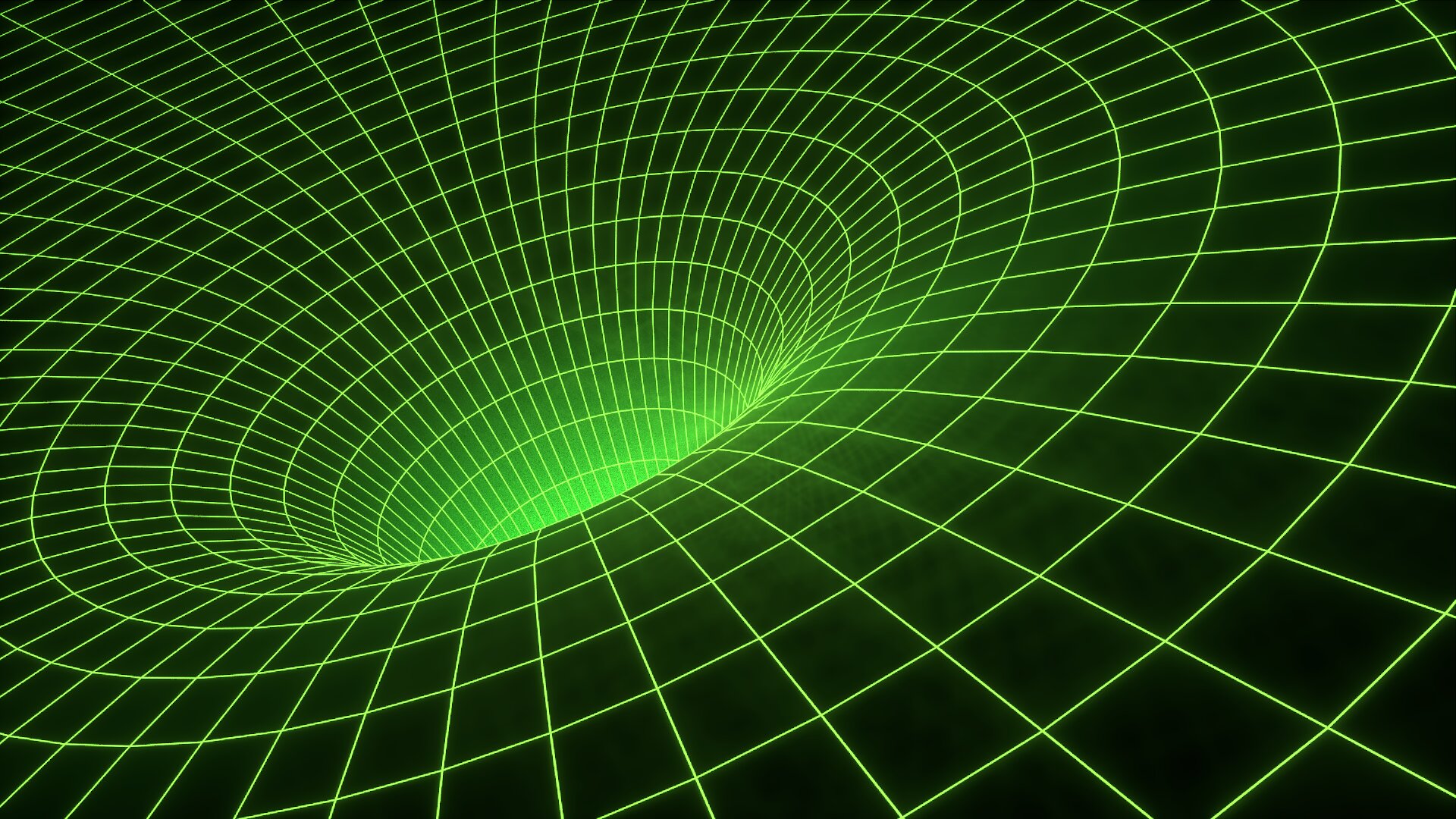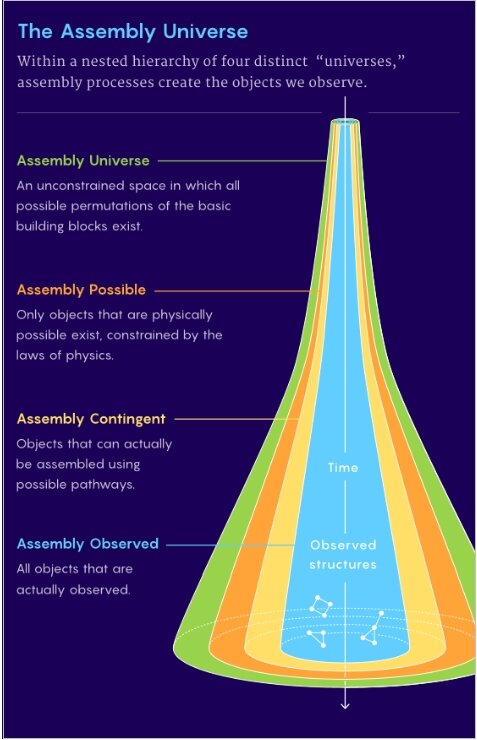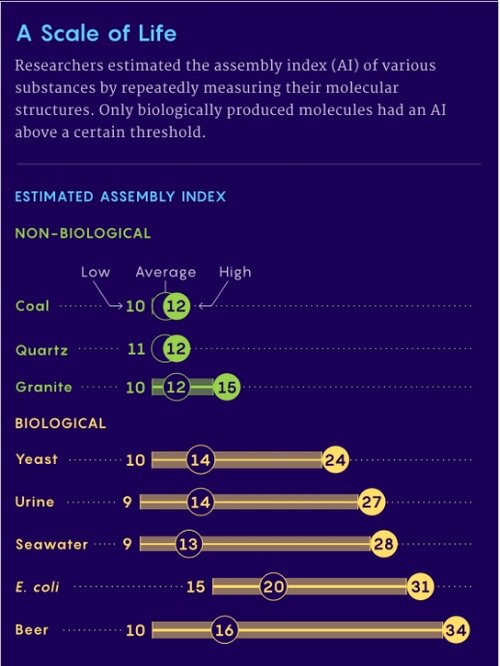Space in the news

 phys.org
phys.org

 phys.org
phys.org

 phys.org
phys.org

 phys.org
phys.org

 phys.org
phys.org

 phys.org
phys.org

 phys.org
phys.org

 phys.org
phys.org

 phys.org
phys.org

 phys.org
phys.org

 phys.org
phys.org

 phys.org
phys.org

 phys.org
phys.org

 phys.org
phys.org

 phys.org
phys.org

 phys.org
phys.org
Maths

 phys.org
phys.org

 phys.org
phys.org
More

 phys.org
phys.org

 phys.org
phys.org

 phys.org
phys.org

 phys.org
phys.org

 phys.org
phys.org

 phys.org
phys.org

 phys.org
phys.org

 phys.org
phys.org

 phys.org
phys.org

 phys.org
phys.org

 phys.org
phys.org

 phys.org
phys.org

New study examines the links between science fiction and astronomy
"Today's science fiction is tomorrow's science fact." This quote, attributed to Isaac Asimov, captures science's intricate relationship with science fiction. And it is hardly a one-way relationship.

Can meteor showers be dangerous to spacecraft?
We've all read the advice that during a meteor shower there is no equipment needed. All you need to do is lay back and wonder at one of the most spectacular sights the universe has to offer. That's about it though and while you lay back on a lounger and watch, it really can be a wonderfully...

Are Andromeda and the Milky Way doomed to collide? Maybe not
Scientists discovered the Andromeda galaxy, known as M31, hundreds of years ago, and around a century ago, we realized that it had negative radial velocity toward the Milky Way. In other words, eventually, the two galaxies would merge spectacularly. That has been common knowledge for astronomers...

Good thing we found this Earth-sized planet now—it's about to be destroyed
Astronomers have confirmed the existence of exoplanets with extremely small orbits around their stars. But what about exoplanets that get close enough to be devoured by their star, and what if it's an Earth-sized exoplanet?

Scientists pinpoint dino-killing asteroid's origin: past Jupiter
An intense debate surrounding the cosmic rock that killed the dinosaurs has stirred scientists for decades, but a new study has revealed some important—and far-out—data about the impactor's origin story.

Researchers develop a test bed for separating valuable material on the moon
It's often better to flesh out technologies fully on Earth's surface before they're used in space. That is doubly true if that technology is part of the critical infrastructure keeping astronauts alive on the moon.

What time is it on the moon? Researchers develop a plan for precise timekeeping
For decades, the moon's subtle gravitational pull has posed a vexing challenge—atomic clocks on its surface would tick faster than those on Earth by about 56 microseconds per day. This extremely small difference doesn't seem like much, but it could disrupt the precise timing needed for important...

International astronomy group joins calls for a lunar clock to keep time on the moon
Time moves a tad faster on the moon. Now an international group of astronomers has joined calls to give the moon its own clock so that future space missions can keep track of minutes on the celestial body.

Scientist performs the first nonlinear study of black hole mimickers
In recent research, a scientist from Princeton University has performed the first nonlinear study of the merger of a black hole mimicker, aiming to understand the nature of gravitational wave signals emitted by these objects, which could potentially help to identify black holes more accurately.

NASA telescopes work out black hole's feeding schedule
By using new data from NASA's Chandra X-ray Observatory and Neil Gehrels Swift Observatory as well as ESA's XMM-Newton, a team of researchers has made important headway in understanding how—and when—a supermassive black hole obtains and then consumes material.

A galactic 'comet' called Terzan 5 illuminates a 100-year-old puzzle about cosmic rays
When my colleagues and I set to work on a century-old cosmic mystery, we found an unexpected celestial laboratory in Terzan 5, a dense star cluster currently plunging through our galaxy at breakneck speed.

Novel anemometer tracks sound travel for speedier, more precise wind speed calculations on Mars
Mars has a notoriously inhospitable environment, with temperatures that fluctuate dramatically over the course of a Martian day and average minus 80 degrees Fahrenheit. Its surface is mostly covered in red dust, with terrain typified by craters, canyons, and volcanoes. And its atmosphere is...

Scientists find oceans of water on Mars. It's just too deep to tap.
Using seismic activity to probe the interior of Mars, geophysicists have found evidence for a large underground reservoir of liquid water—enough to fill oceans on the planet's surface.
Research team releases a 76 m-per-pixel global color image dataset and map of Mars
Remote-sensing images of Mars contain rich information about its surface morphology, topography, and geological structure. These data are fundamental for scientific research and exploration missions of Mars. Prior to China's first Mars exploration mission, data from six advanced optical imaging...

Study reports dim odds for finding alien civilizations
Are there any advanced alien civilizations elsewhere in our galaxy? We don't know. All we do know is that there is at least one. Should we be optimistic or pessimistic about finding others?

Astronomers, satellite internet provider develop new system to share the sky
Astronomers learn about the universe by pointing their telescopes to the sky. But what happens when a satellite comes between them and the cosmological objects they hope to study?
Maths

In double breakthrough, mathematician helps solve two long-standing problems
A Rutgers University-New Brunswick professor who has devoted his career to resolving the mysteries of higher mathematics has solved two separate, fundamental problems that have perplexed mathematicians for decades.

An alternative to the Euler equation of rigid body rotational dynamics
SUNY Polytechnic Institute (SUNY Poly) Professor of Physics Dr. Amir Fariborz recently published research titled, "An alternative to the Euler equation of rigid body rotational dynamics," in the European Journal of Physics.
More

Fifteen years later, scientists locate a lunar impact site
In 2009, NASA intentionally crashed a spacecraft into the moon and used a small trailing spacecraft to observe the results: The Lunar Crater Observation and Sensing Satellite (LCROSS) was designed to search for frozen lunar water and other volatiles in the lunar regolith by knocking them off the...

New lunar distress system could safeguard future astronauts
A team of international scientists has taken a significant step towards making lunar exploration safer, proposing a distress monitoring and rescue system designed for the moon's unique and challenging environment.

Near-Earth asteroid data help probe possible fifth force in universe
In 2023, the NASA OSIRIS-REx mission returned a sample of dust and rocks collected on the near-Earth asteroid Bennu. In addition to the information about the universe gleaned from the sample itself, the data generated by OSIRIS-REx might also present an opportunity to probe new physics. As...

New study eases concerns over possible 'doomsday' asteroid swarm
Astronomers have good news about potentially hazardous asteroids lurking near our planet: There aren't as many as we thought.

New mission to create total solar eclipses in space
A UK team of researchers including UCL's Professor Lucie Green are working on the launch of a spacecraft mission that will allow us to view the sun's atmosphere in more detail than ever before.

Event horizon: After photographing black holes, scientists are now making a movie
The first moving images of a black hole could reveal swirls of plasma and collapsing stars, deepening our understanding of the universe.

NASA prepares for Lunar Terrain Vehicle testing
When astronauts return to the moon as part of NASA's Artemis campaign, they will benefit from having a human-rated unpressurized LTV (Lunar Terrain Vehicle) that will allow them to explore more of the lunar surface, enabling diverse scientific discoveries.

New solar wind plasma sensor will help track space weather
The Southwest Research Institute-developed Solar Wind Plasma Sensor (SWiPS) has been delivered and integrated into a National Oceanic and Atmospheric Administration (NOAA) satellite dedicated to tracking space weather. SWiPS will measure the properties of ions originating from the sun, including...

Primordial holes could be hiding in planets, asteroids and here on Earth
Small primordial black holes (PBHs) are one of the hot topics in astronomy and cosmology today. These hypothetical black holes are believed to have formed soon after the Big Bang, resulting from pockets of subatomic matter so dense that they underwent gravitational collapse.

How accessible is titanium on the moon?
Mining the moon to extract its resources is a critical step on humanity's path into the solar system. One of the most common resources on the moon is considered relatively valuable here on Earth—titanium.

NASA announces a new class of space missions: Probe explorers
NASA has sent a whole host of spacecraft across the solar system and even beyond. They range from crewed ships to orbit and to the moon to robotic explorers. Among them are a range of mission classes from Flagships to Discovery Class programs. Now a new category has been announced: Probe...

Asteroid mining: A potential trillion-dollar industry
Earth's newest celestial neighbor has finally arrived. Astronomers using a powerful telescope in Sutherland, South Africa, first detected the 33-foot-long asteroid in August, reporting their discovery in Research Notes of the American Astronomical Society.
Last edited:





















































































































